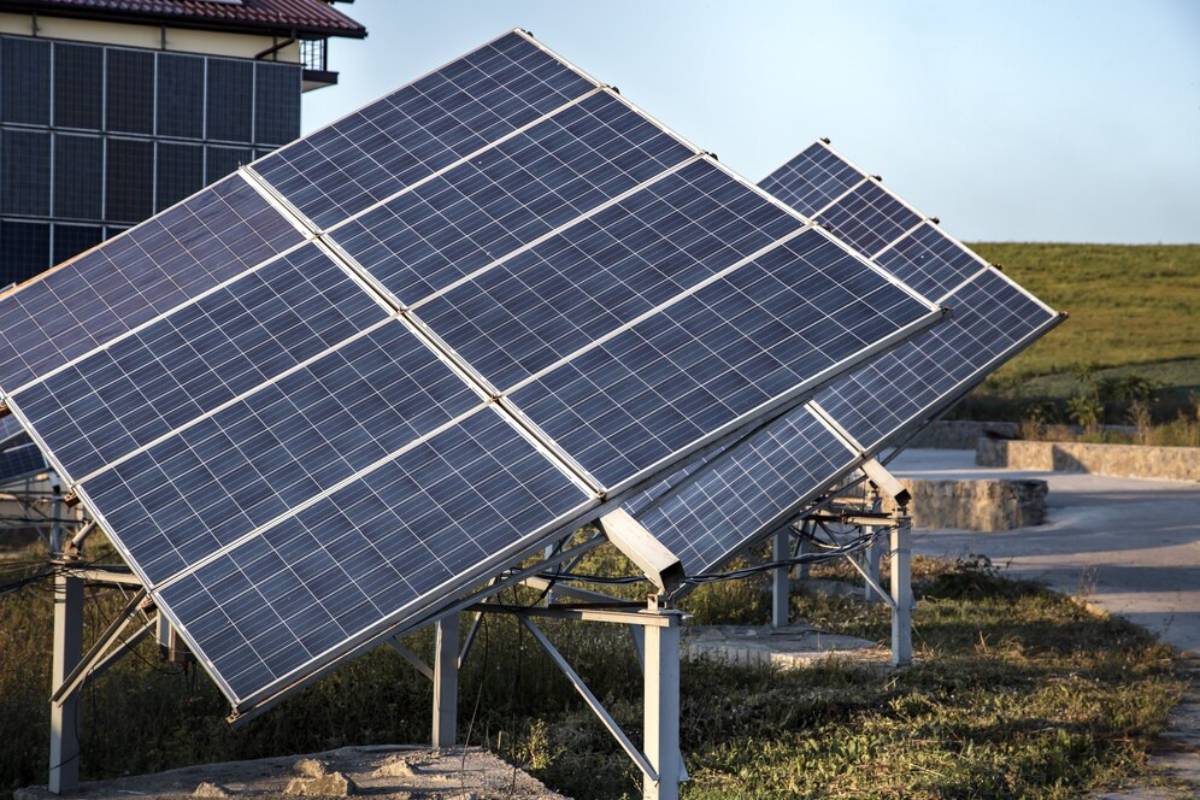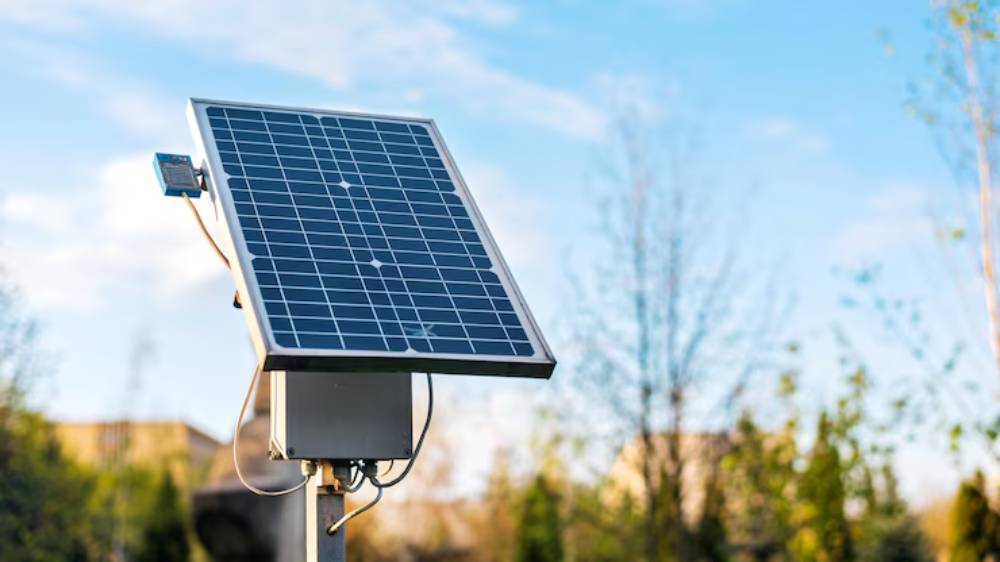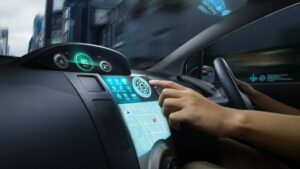The Technology Blog

The Future of Portable Solar Power: What’s Next?
As global interest in renewable energy grows, portable solar power has emerged as a practical solution for individuals seeking off-grid energy. Solar-powered devices are getting better and easier to find. They work for camping, travel, emergencies, or daily charging. But this is only the beginning. Let’s take a deeper look at where portable solar technology is heading—and how it could change the way we generate and use energy in the future.
Where We Are Today

Modern portable solar chargers are compact, lightweight, and capable of powering a wide range of devices. These include smartphones, laptops, lights, GPS units, and even small refrigerators. The rise in popularity has been driven by:
- Falling solar panel costs
- Improved panel efficiency
- Better battery storage
- Increased demand for sustainable solutions
Today, top chargers typically use monocrystalline solar cells. These cells are efficient and work well in low light. They’re frequently paired with lithium-ion batteries, allowing energy to be stored and used when sunlight isn’t available.
Innovation at the Core

1. Next-Gen Solar Panel Efficiency
One of the most significant advancements lies in developing new solar materials. Technologies such as perovskite solar cells and multi-junction cells are currently in testing and early production stages. These can push efficiency beyond 30%, meaning more power generation from smaller panels.
This makes a huge difference in portable applications. A charger the size of a book could someday power larger equipment or multiple devices at once.
2. Smarter and More Durable Designs
The newest solar gadgets are being built to withstand the elements. Water-resistant, dustproof, and shockproof features are becoming standard. At the same time, smart integrations are transforming usability. You’ll now find:
- Real-time energy tracking via mobile apps
- Auto-optimised charging for different devices
- USB-C fast charging ports
- Built-in LED indicators for battery health and performance
Some brands are also introducing modular designs—chargers you can fold, expand, or combine for more power.
3. Advanced Energy Storage
Battery innovation is critical for portable solar systems. While lithium-ion batteries dominate today’s market, there’s growing interest in:
- Solid-state batteries (offering faster charging and greater safety)
- Graphene-based batteries (with higher energy density and lifespan)
Both can greatly enhance energy storage and reliability in off-grid settings.
New Use Cases: Beyond Phones and Laptops
The scope of portable solar energy has expanded beyond simple device charging. Here’s how it’s being used today and where it’s heading:
Emergency Power
Natural disasters often leave people without electricity for days. Compact solar systems power communication devices, lights, water purifiers, and radios. They are essential for emergency kits.
Outdoor and Off-Grid Living
Campers, hikers, and van-life enthusiasts use solar panels to power fridges, fans, cookers, and lights. Some portable systems now offer enough capacity to run TVs or routers, making remote work more feasible in nature.
Developing Regions
In many parts of the world, portable solar systems are helping people without access to grid electricity. Solar kits with built-in lighting and USB charging ports are used in homes, schools, and clinics.
Military and Field Operations
Armed forces and humanitarian aid organisations use rugged, foldable solar kits to power field equipment. The reduced weight and independence from fuel make solar a strategic advantage.
A Simple Comparison: Current vs. Future Tech
| Aspect | Current Technology | Emerging Technology |
| Solar Panel Efficiency | 15–22% (monocrystalline panels) | 30%+ (perovskite and multi-junction cells) |
| Battery Type | Lithium-ion | Solid-state and graphene-based |
| Portability | Foldable panels, compact units | Integrated into fabrics, clothing, backpacks |
| Features | USB ports, LED indicators | Smart charging, app-based monitoring |
| Charging Speed | Moderate | Rapid charging with AI-optimised output |
| Durability | Water/dust resistant | Military-grade, fully ruggedised models |
Key Drivers of Growth
A few global trends are helping accelerate innovation and adoption in this space:
Climate Consciousness
More people and businesses are looking for greener options because of climate change. Portable solar products offer a cleaner and quieter alternative to fossil fuel-based power.
Demand for Energy Independence
People want more control over how and where they access power. Portable solar keeps users independent from the grid. It’s useful for travel, remote work, and preparing for power outages.
Government Support
Subsidies, rebates, and clean energy campaigns in many countries have energised the market by boosting the growth and sales of solar-powered technology.
Challenges That Remain
Despite progress, some issues still need to be addressed:
- Weather Dependence: Solar relies on consistent sunlight. Even with better storage, prolonged cloudy or rainy weather can limit usability.
- Energy Storage Costs: Advanced battery tech remains expensive, especially for high-capacity needs.
- Device Compatibility: Not all systems are universal. Users may need adaptors or specific cables, which can be inconvenient.
- Durability vs. Price: Ultra-durable options cost more, which can be a barrier to mass adoption in lower-income regions.
These challenges are being met with better design, public-private partnerships, and more investment in renewable research.
What’s Next?
Looking into the near future, we can expect:
- More Integration with Wearables: Solar power in clothing or backpacks that charges devices as you move.
- Lighter and Stronger Materials: Making high-capacity panels even more portable.
- Smart Ecosystems: Solar chargers adjust power based on the device type connected.
- Recyclable Components: Environmentally friendly designs that minimise electronic waste.
- Affordable Power for All: Simplified plug-and-play systems for rural or underserved communities.
Final Thoughts: A Brighter, More Independent Energy Future

Portable solar power is changing the game. It moves us away from slow panels and heavy setups. New materials, smart tech, and growing demand make these systems vital for travellers everywhere.
The future shines bright with energy freedom. Power your life anytime and anywhere. Enjoy freedom from the grid and protect the environment. Portable solar solutions are clean, flexible, and powerful. They are perfect partners for hiking, emergency prep, or reducing your carbon footprint.
As this technology grows, it’s not just sunlight that powers your devices. It’s innovation, responsibility, and a big step toward a sustainable future.









